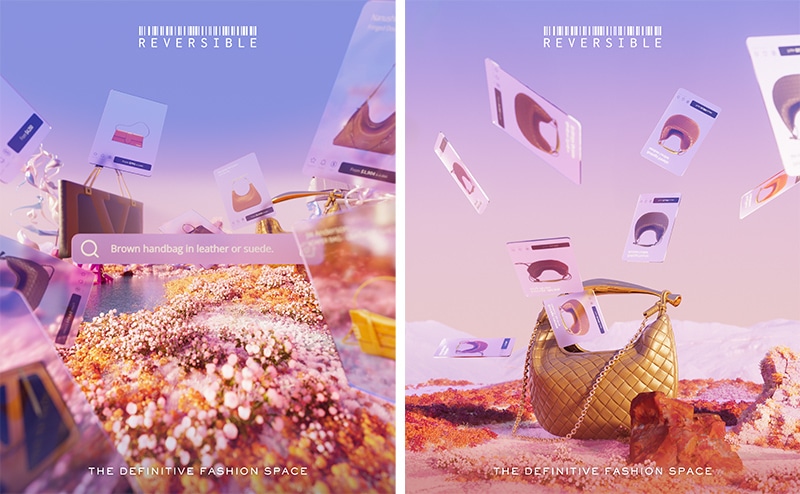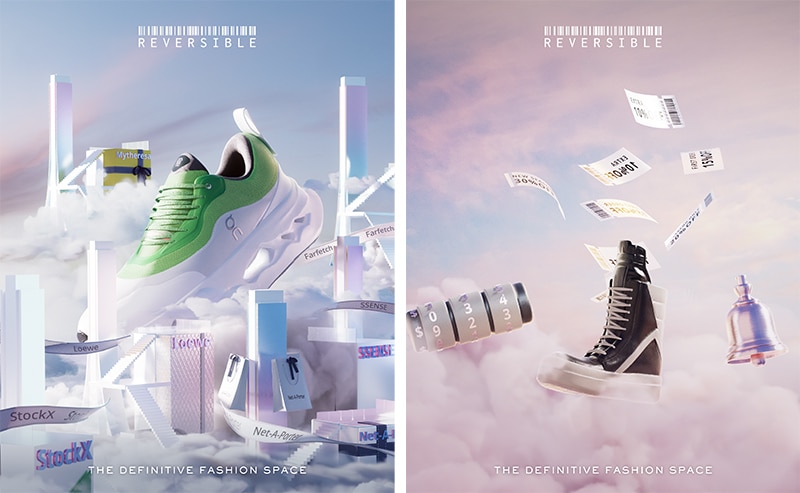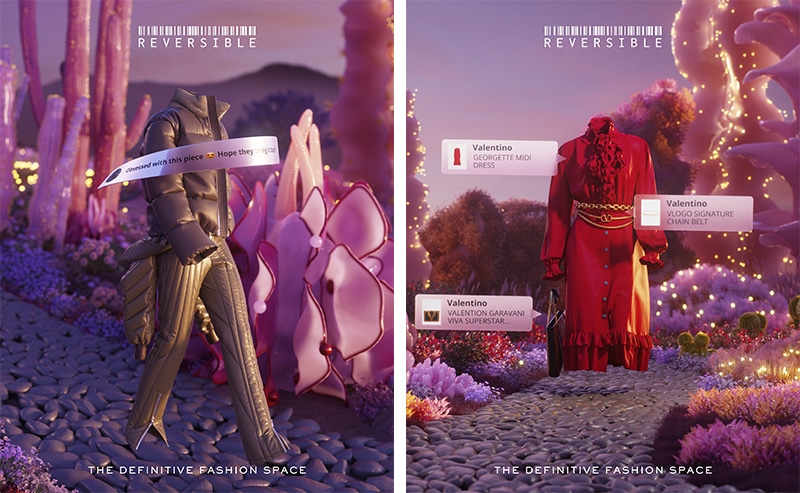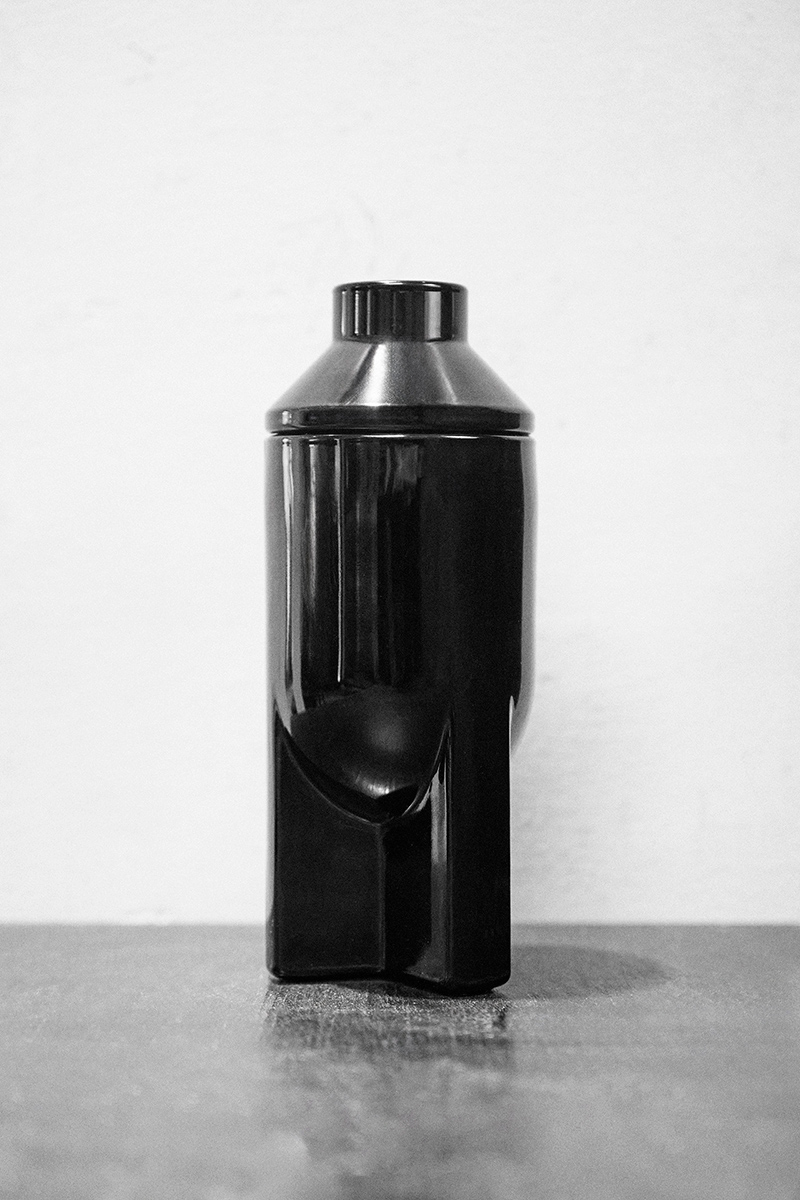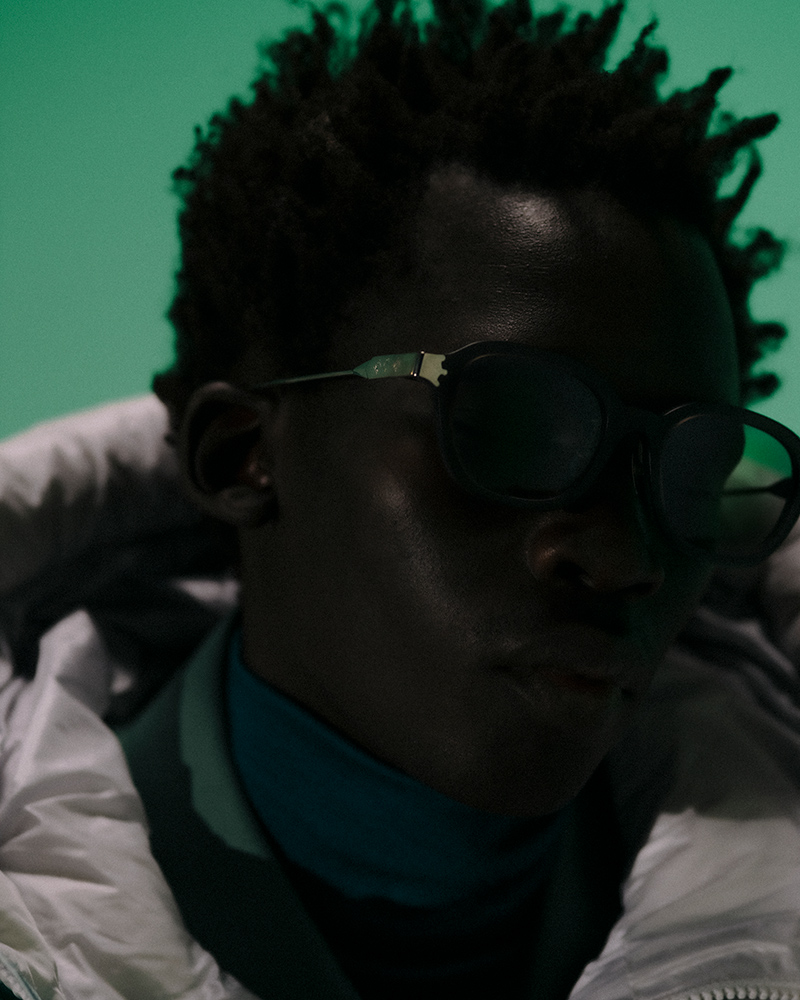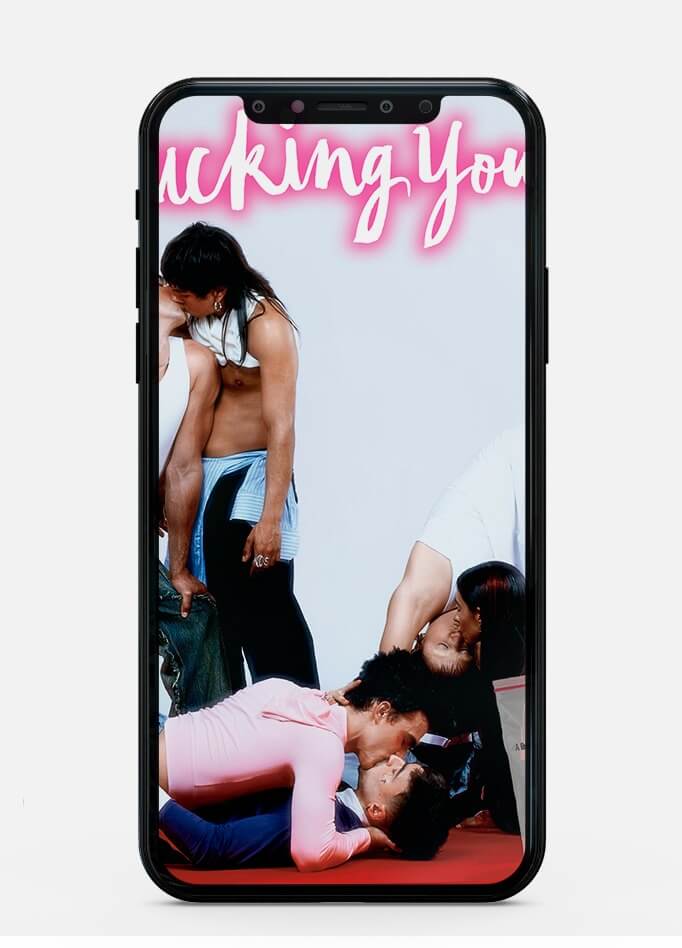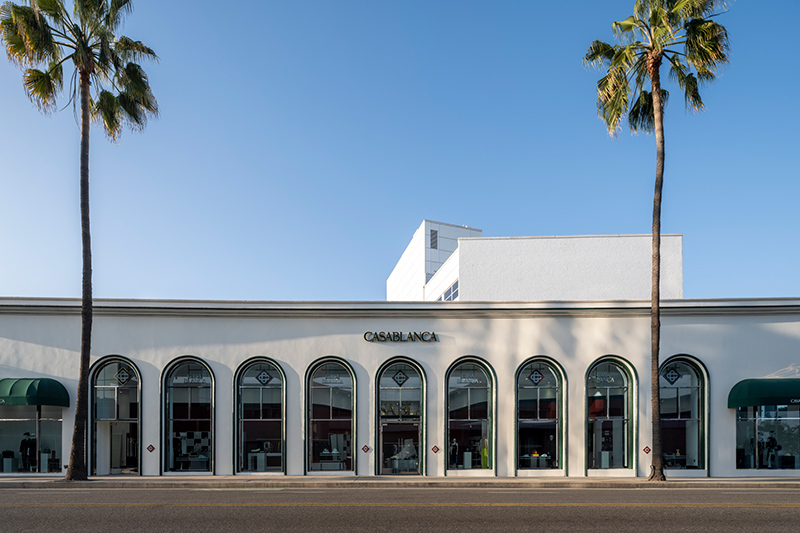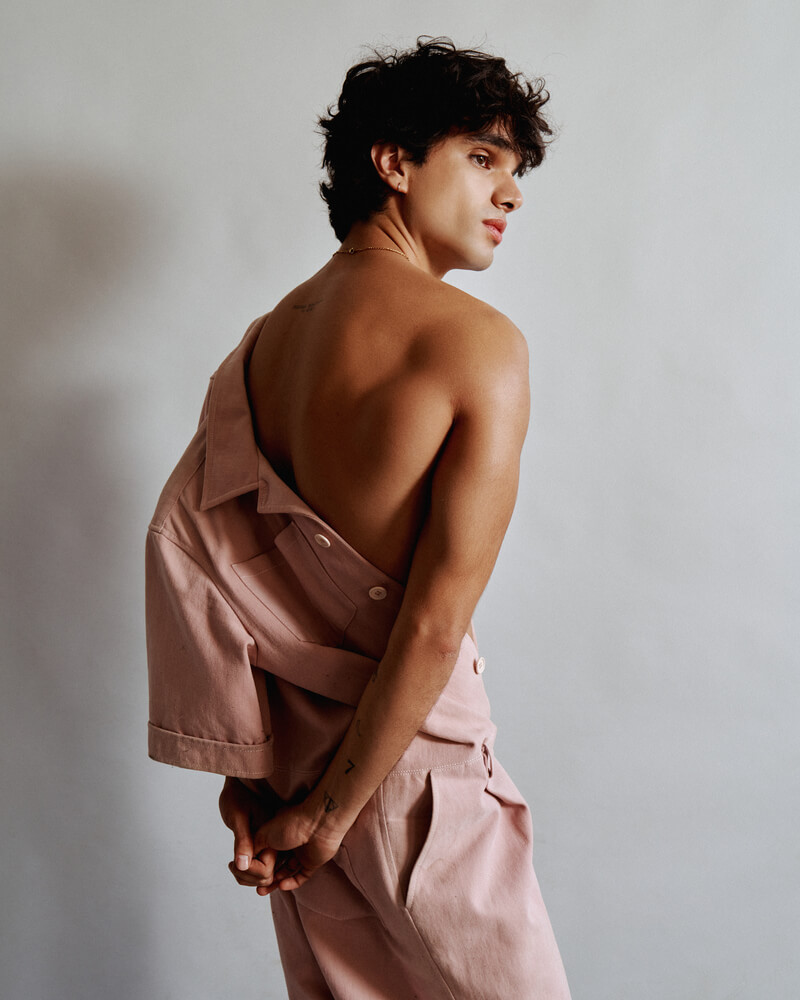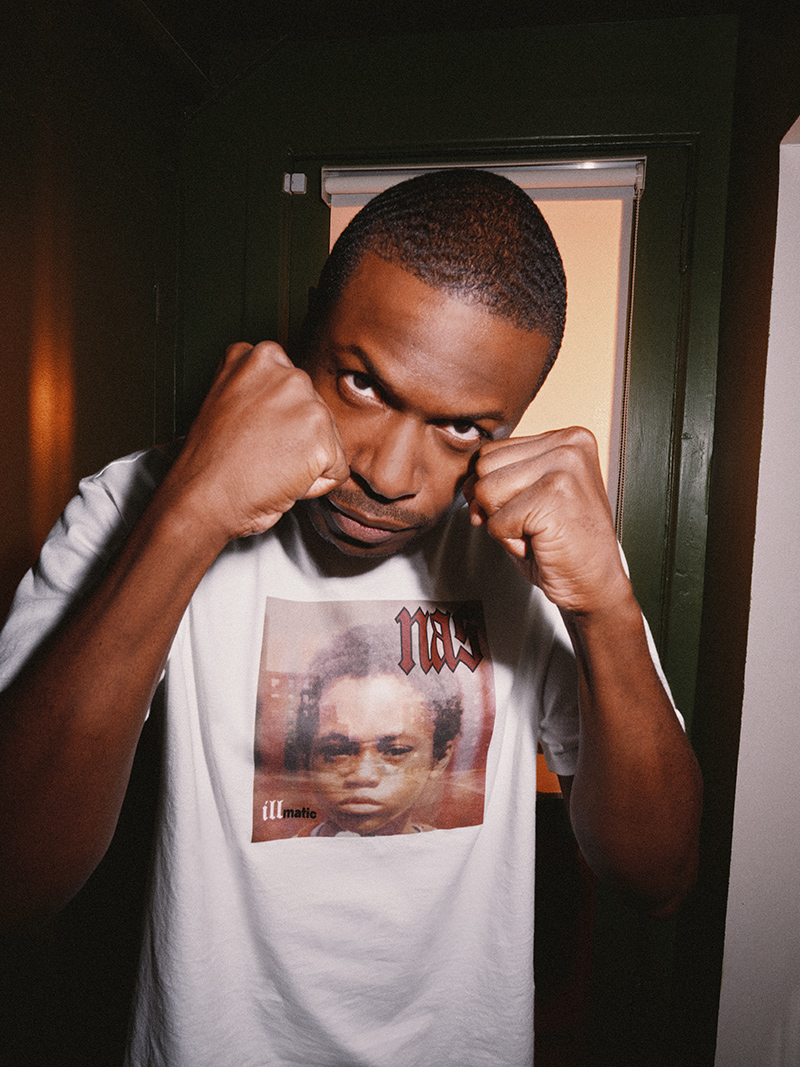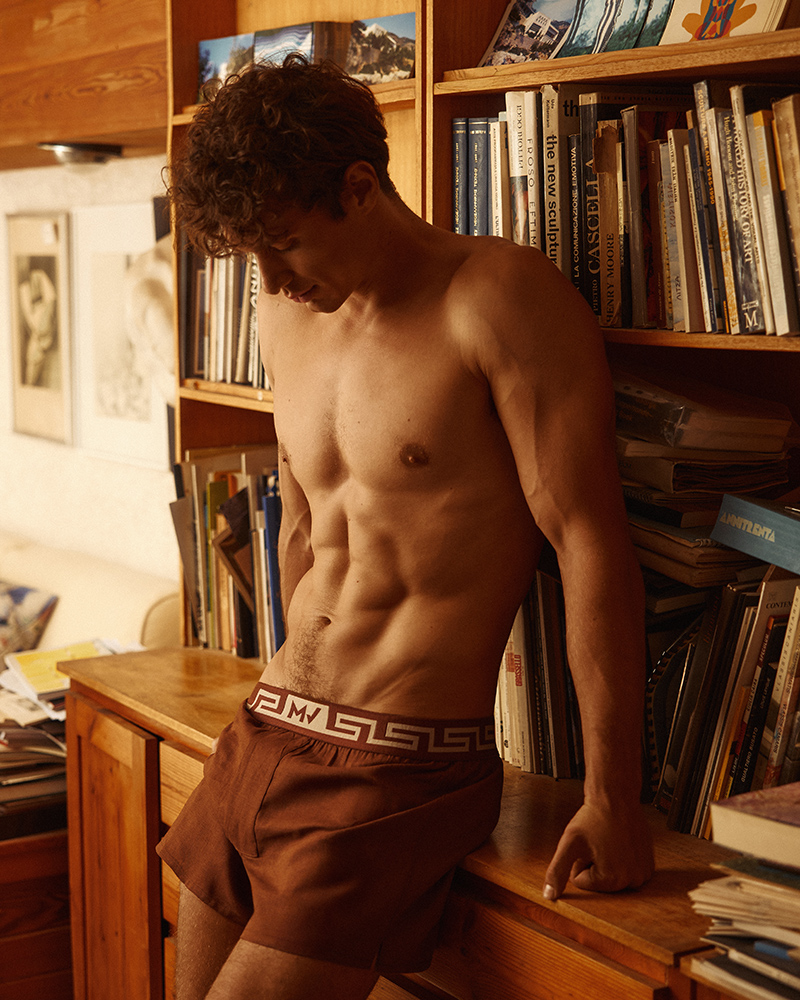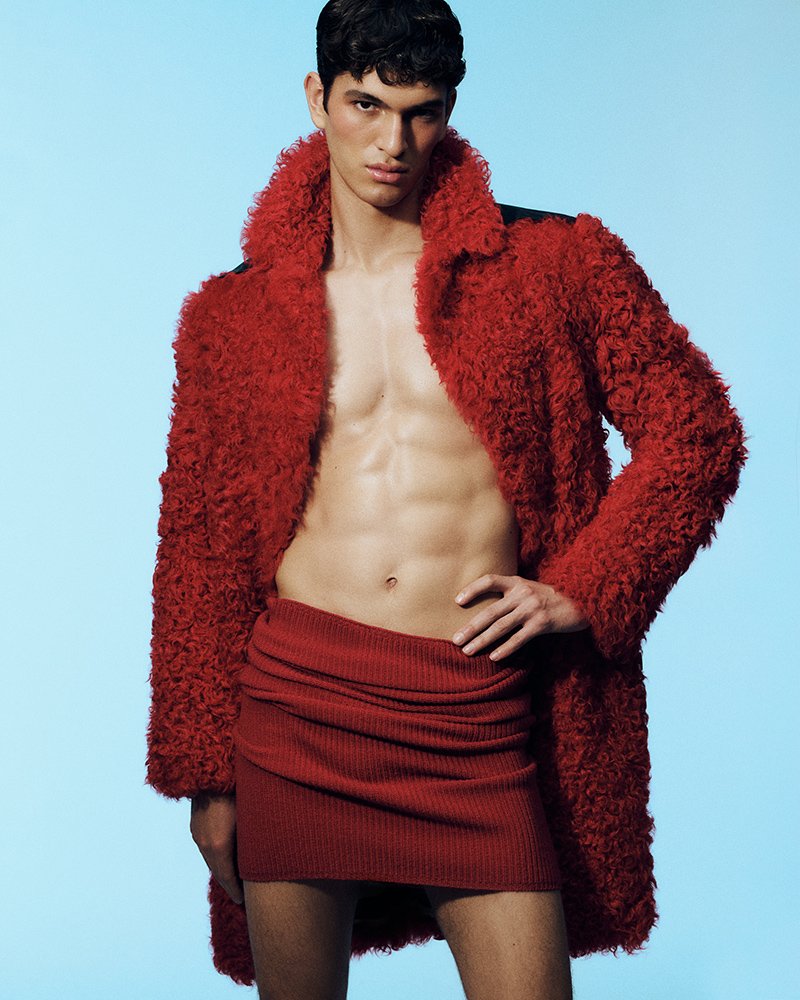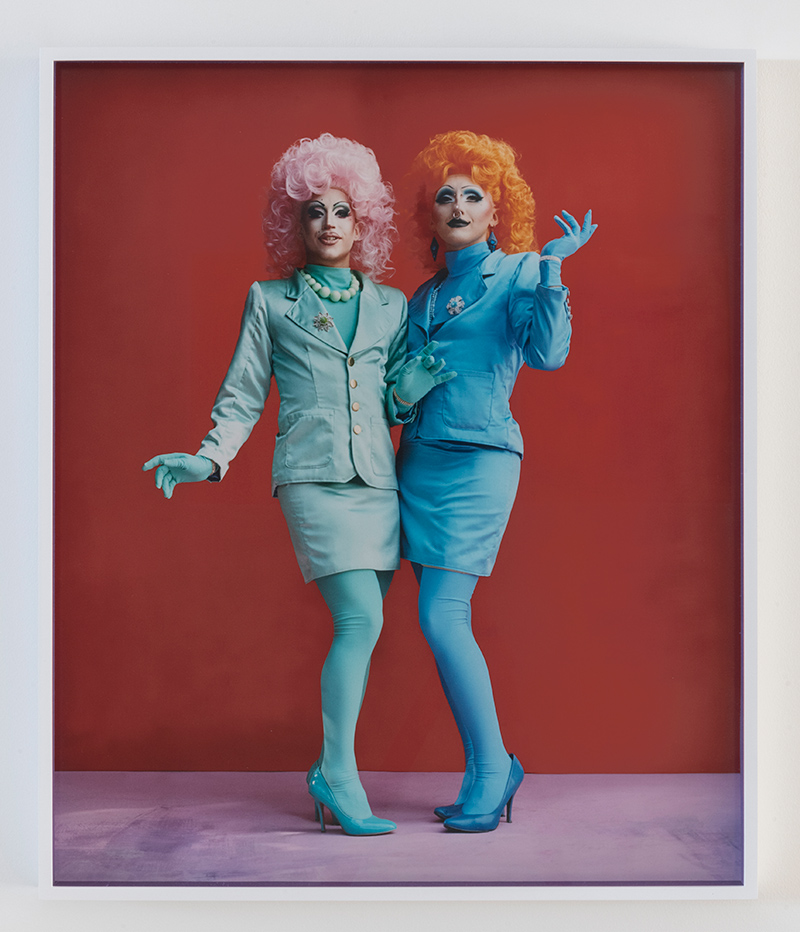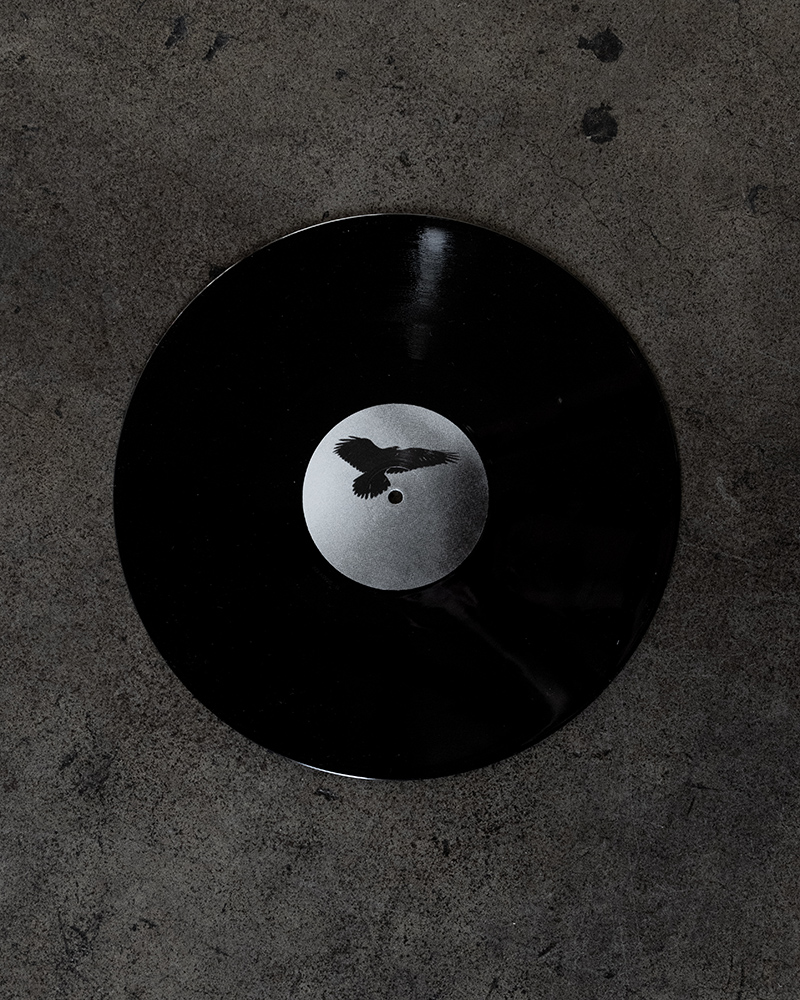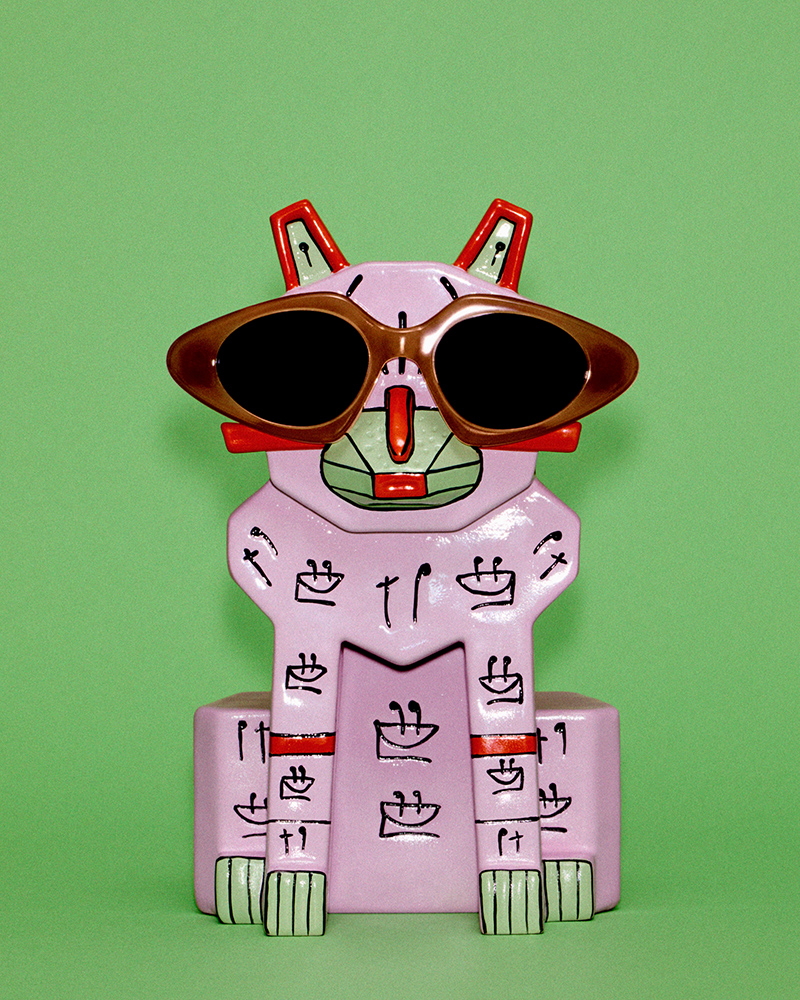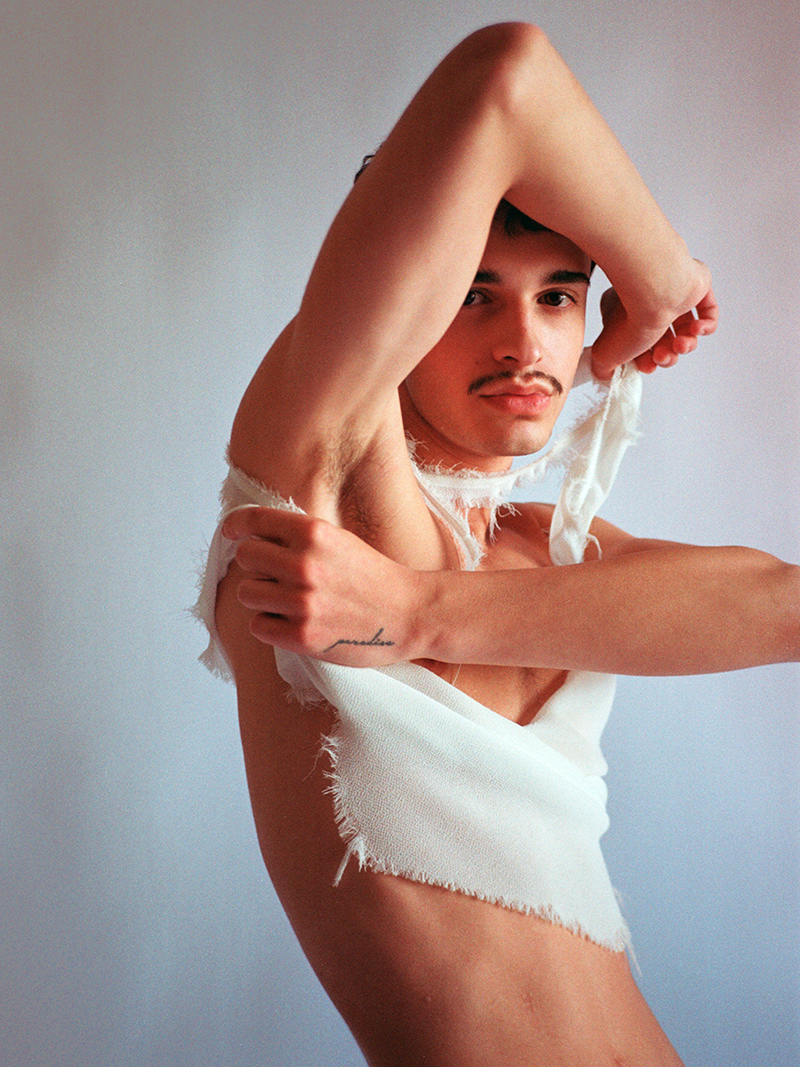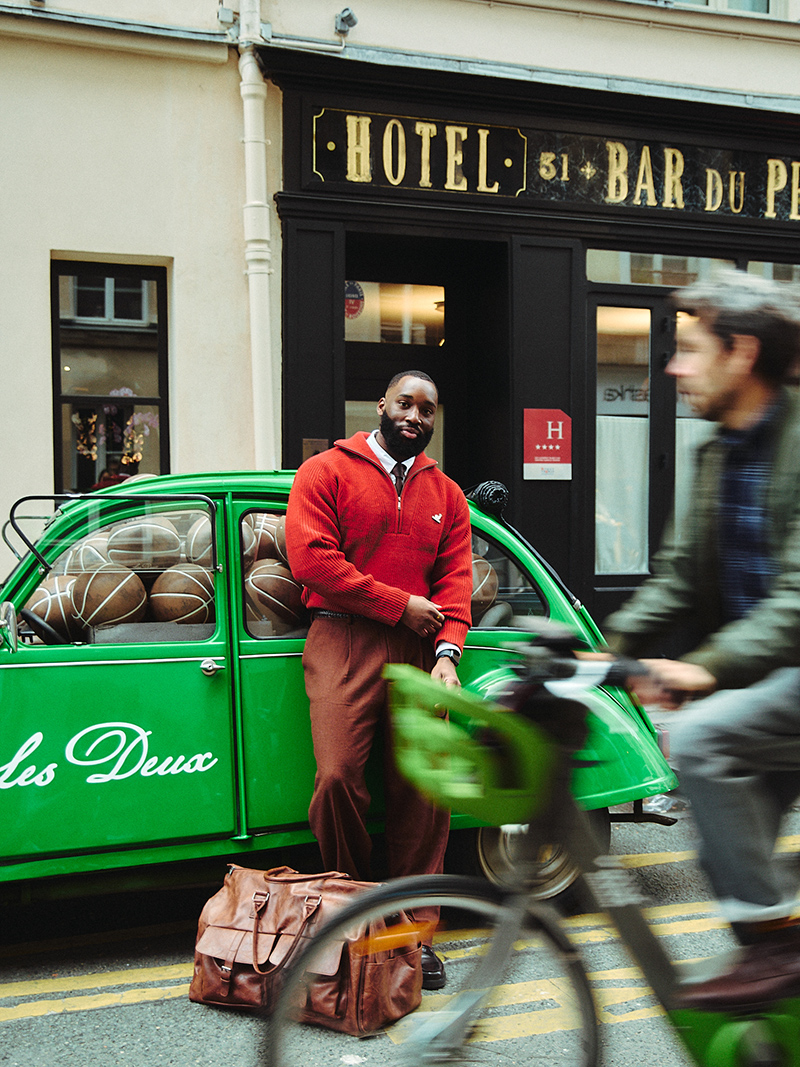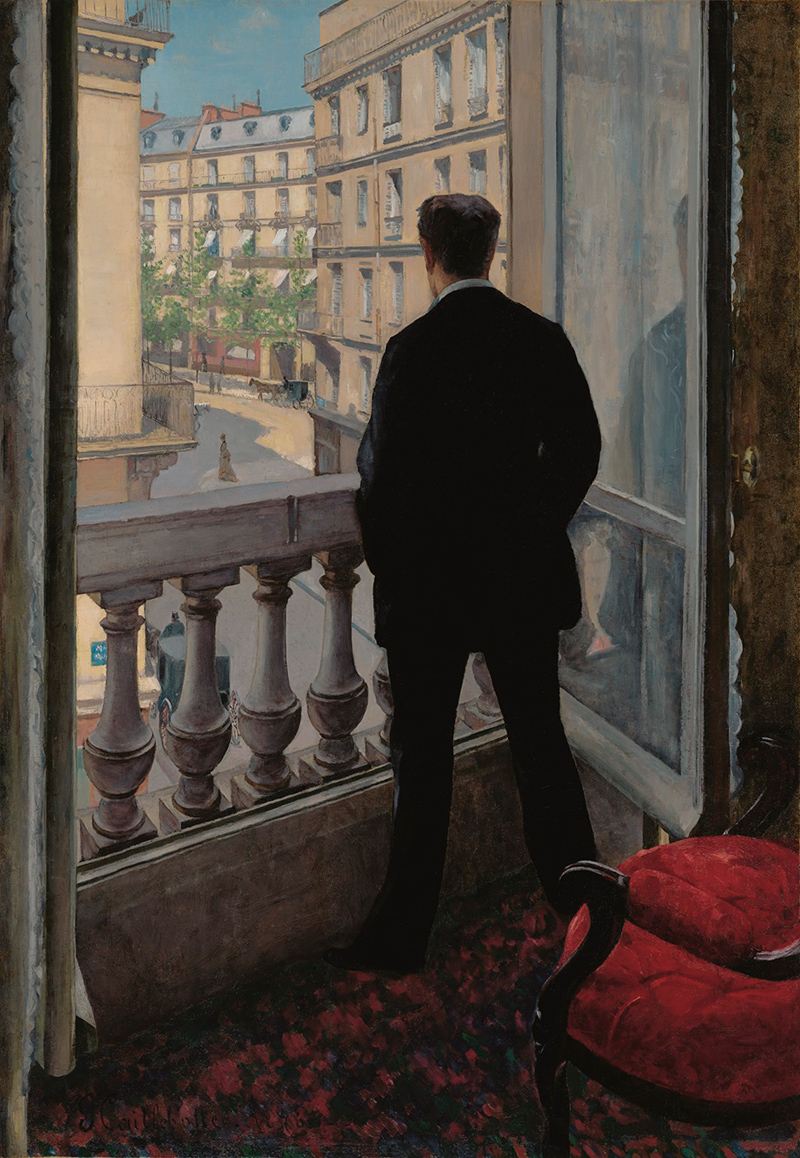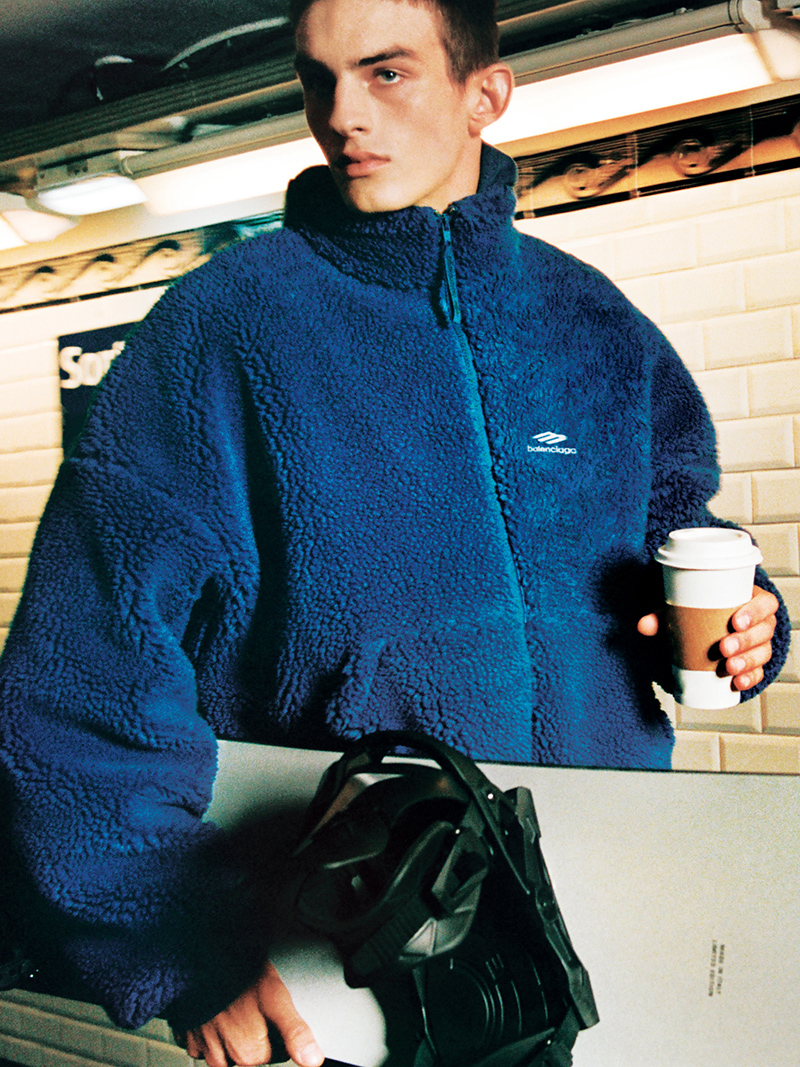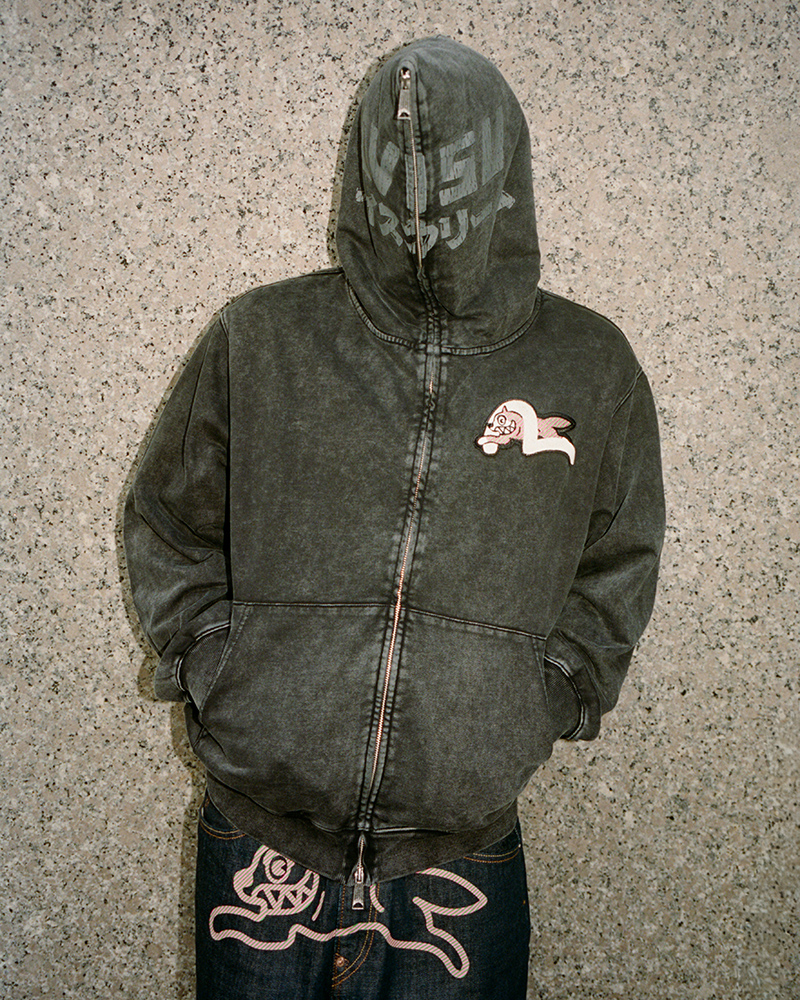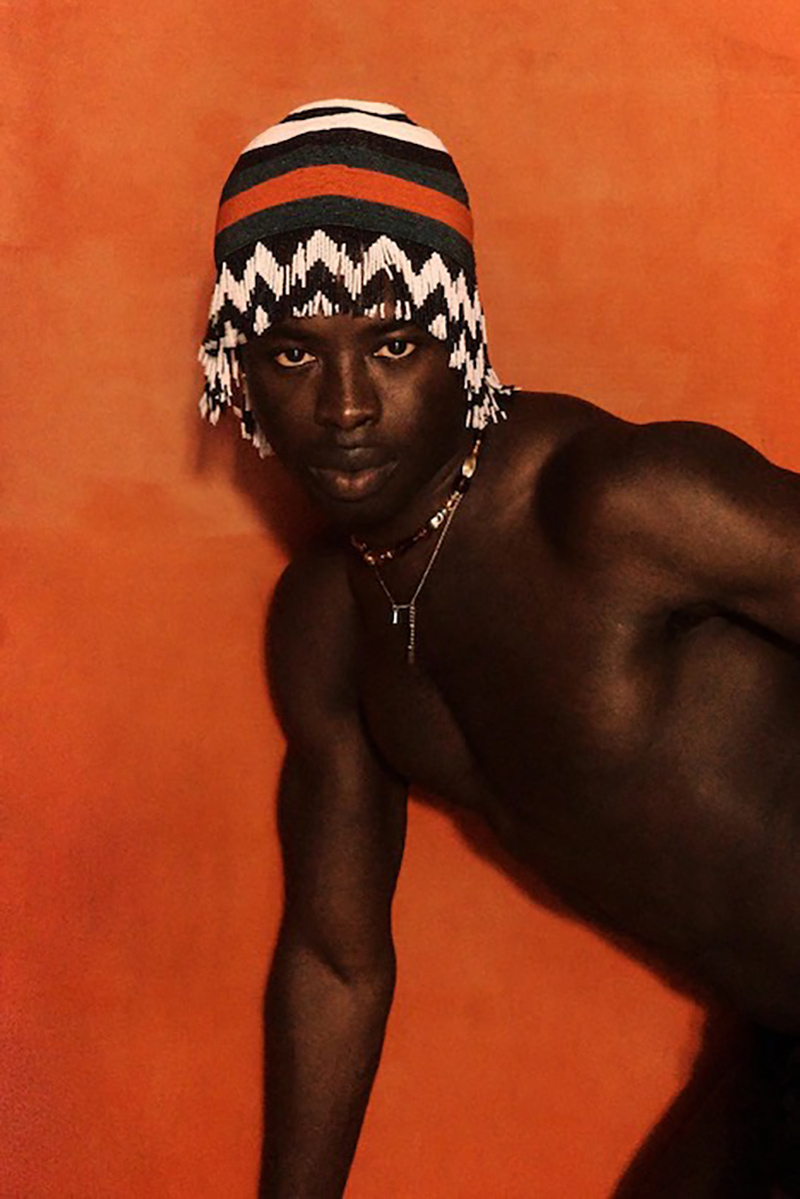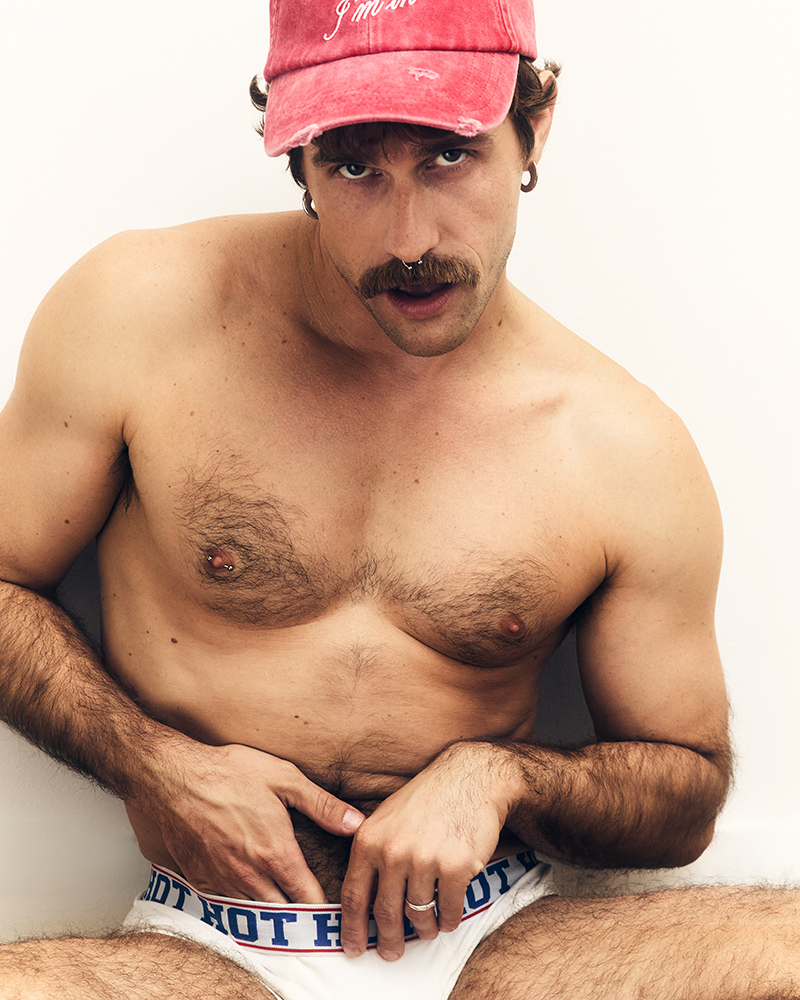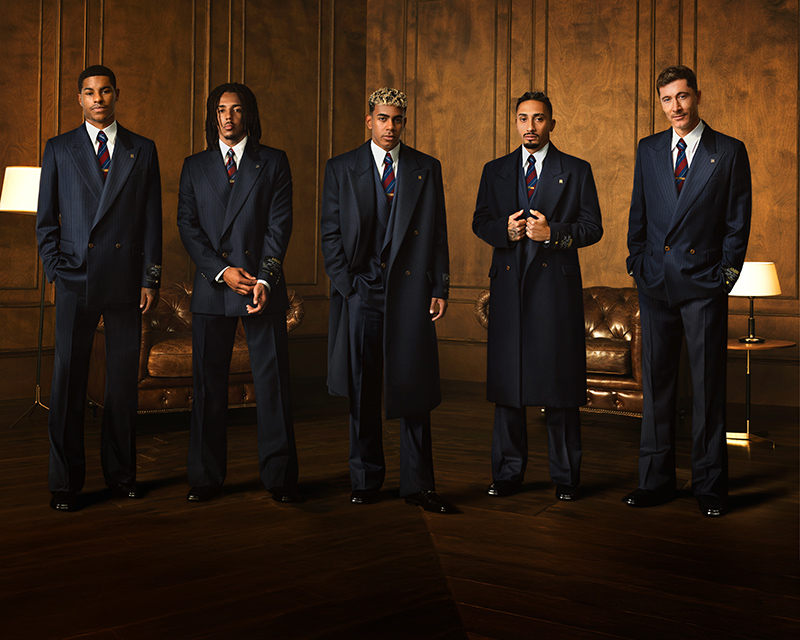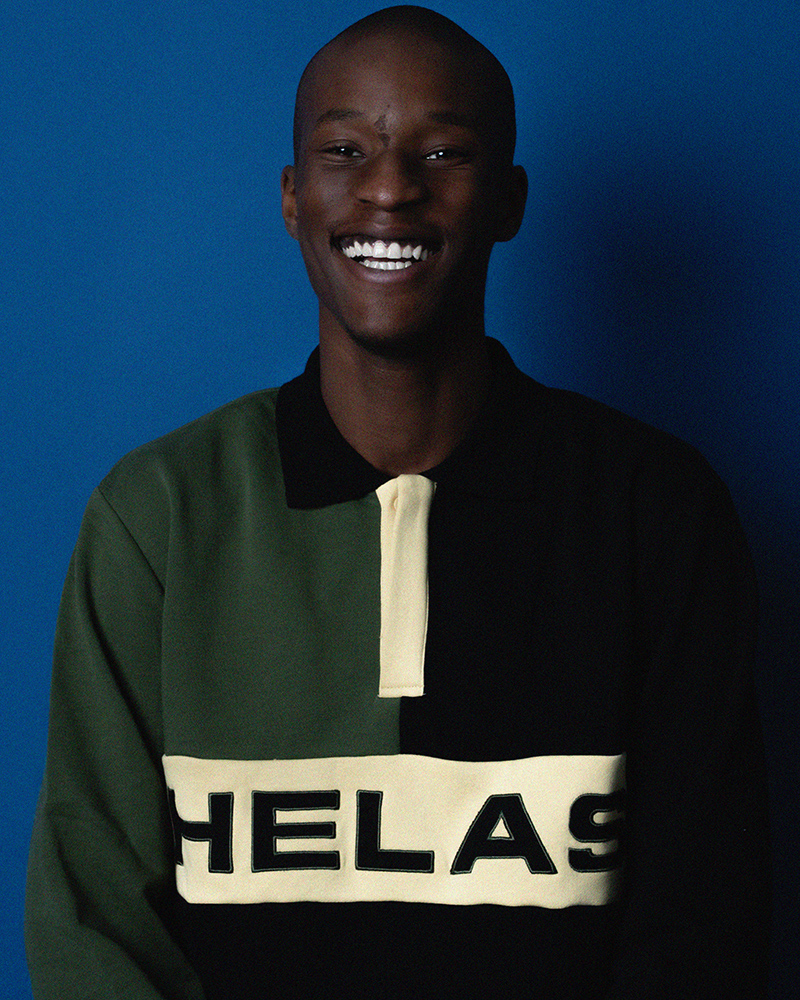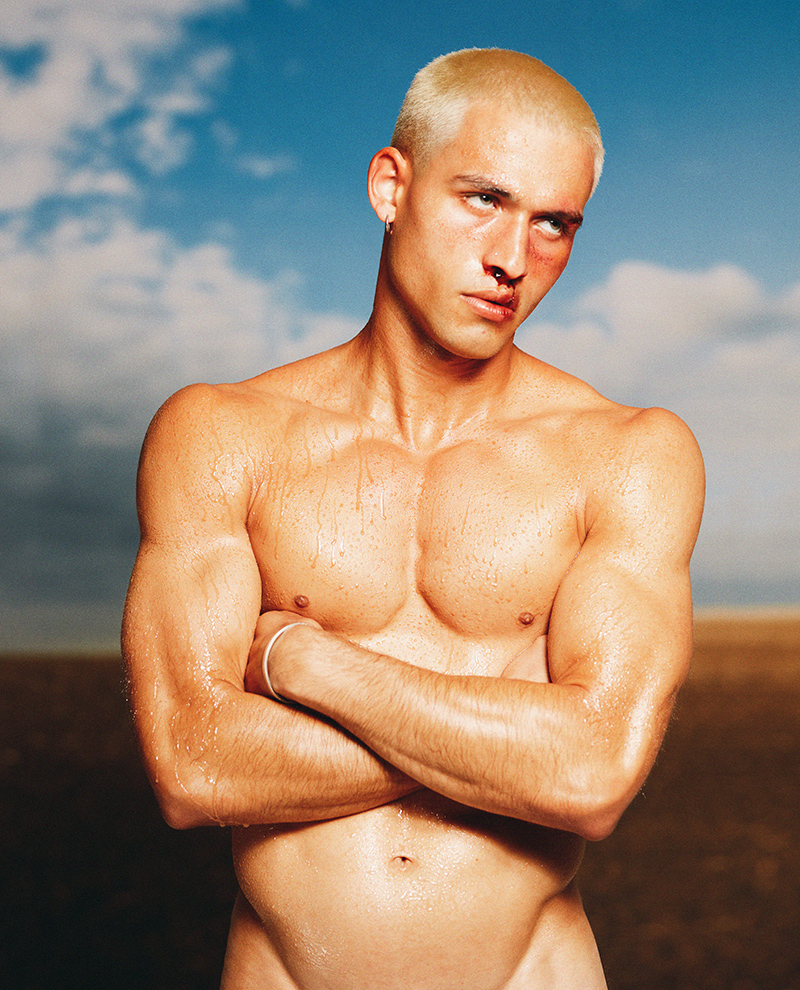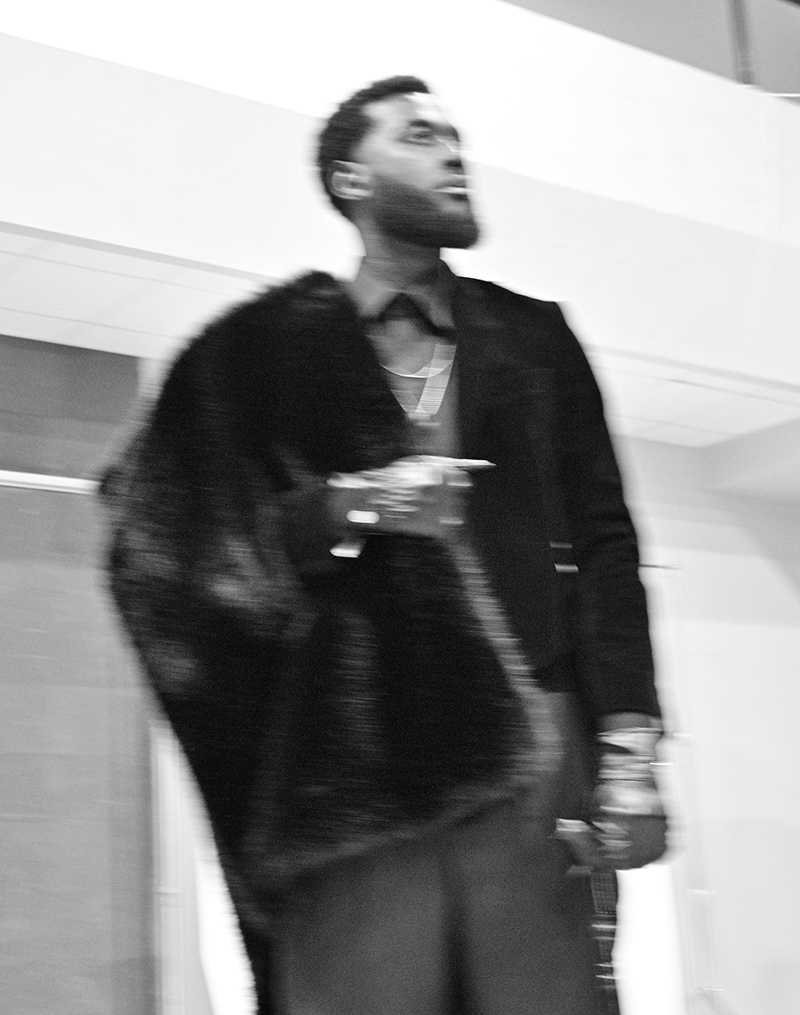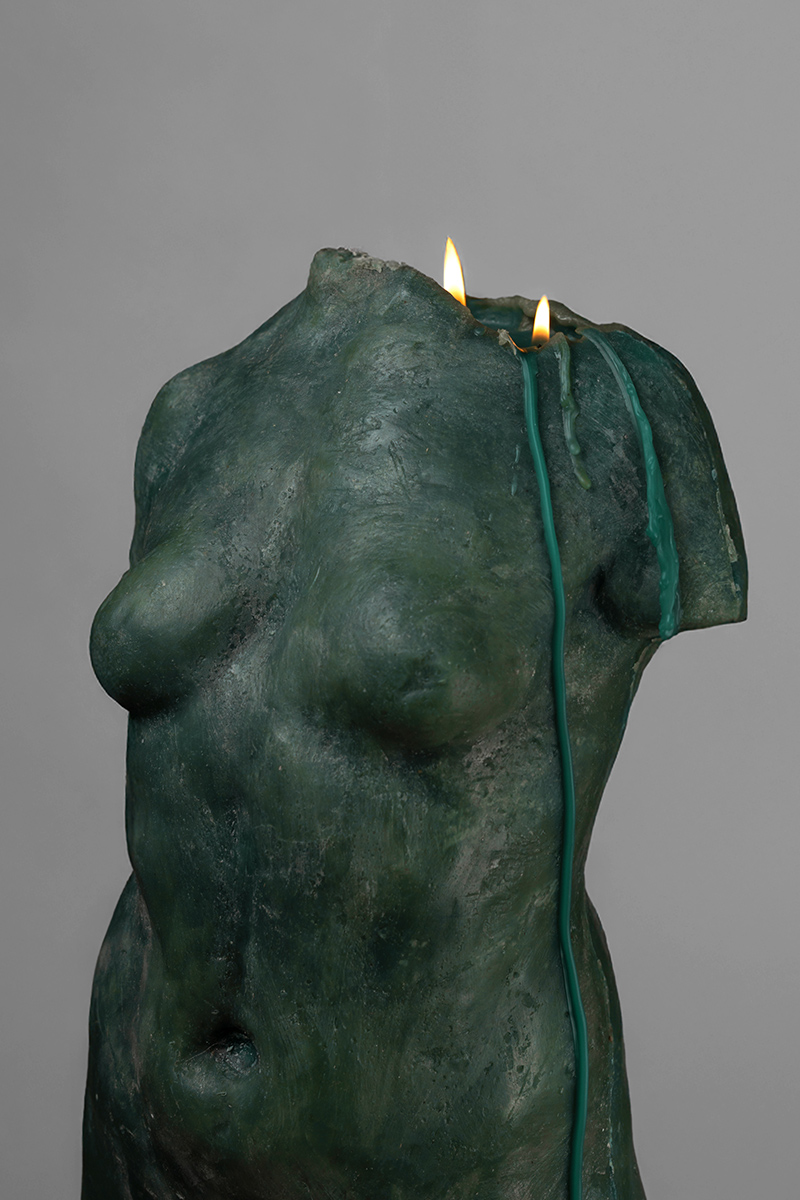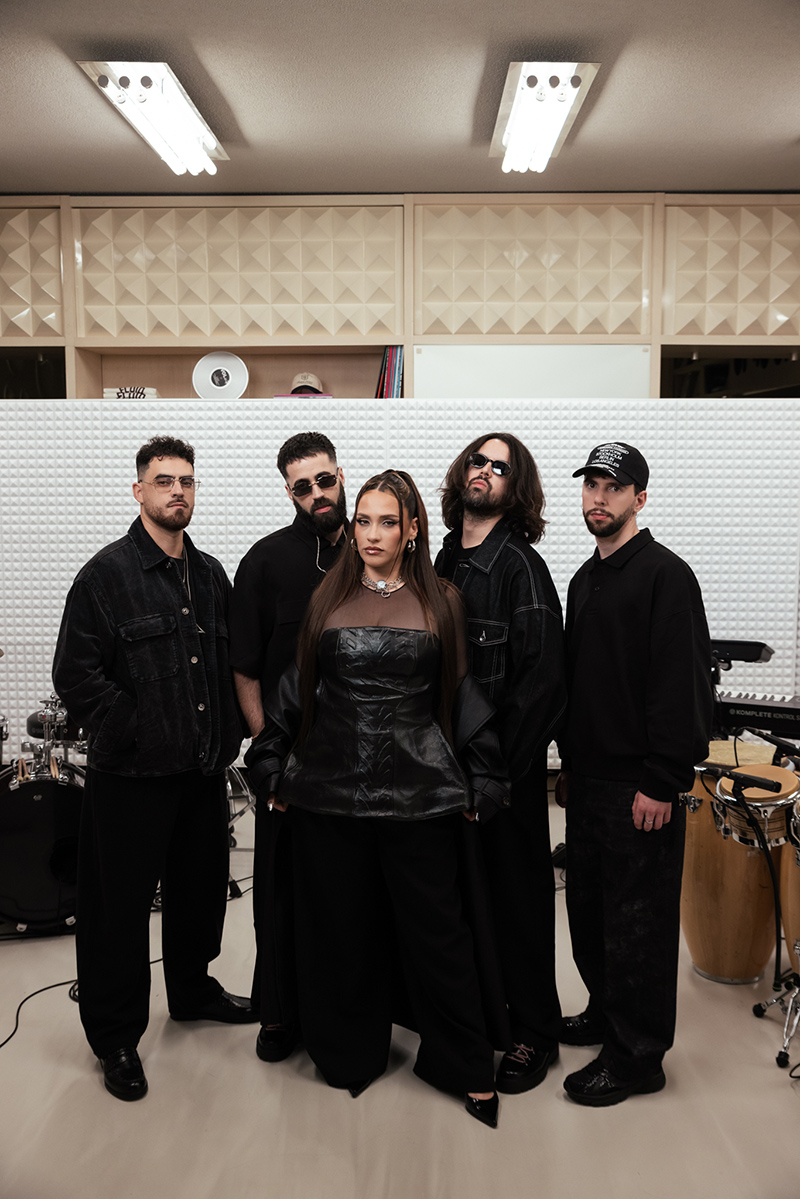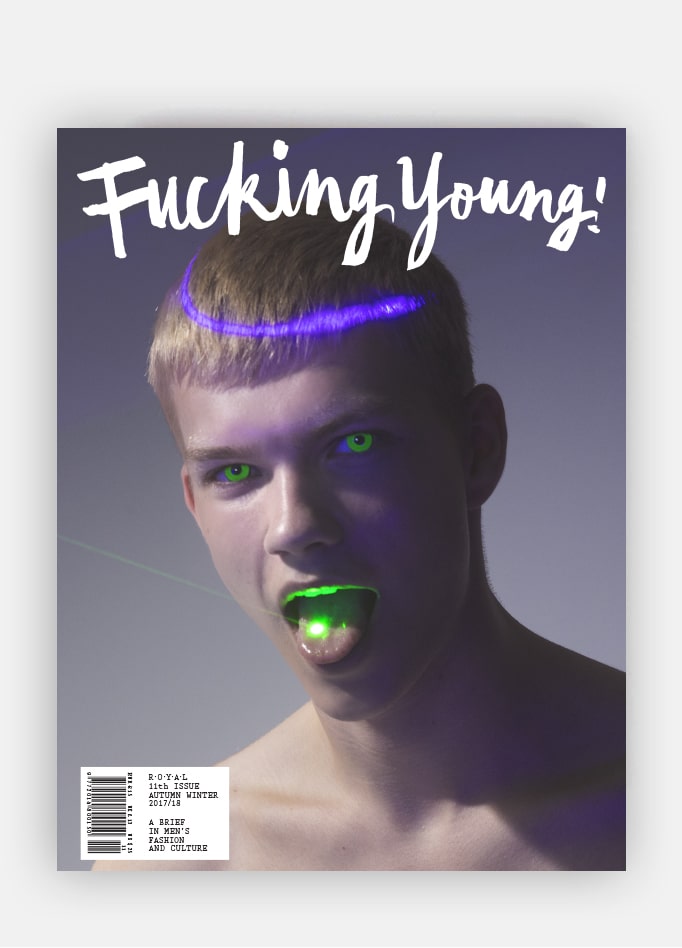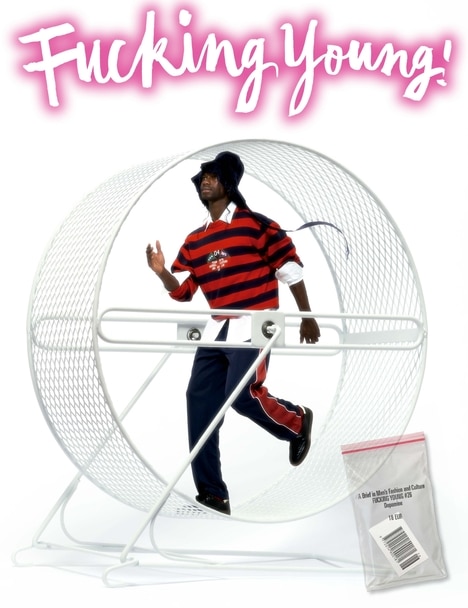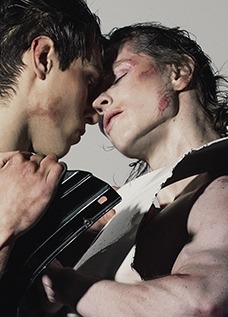Beyond Real, Beyond Now
REVERSIBLE
Fashion inspiration is everywhere (runways, social media, street style) but turning that inspiration into a purchase is often a frustrating journey. REVERSIBLE, a platform launched in 2022, is changing that by merging digital innovation with the thrill of discovery. Through its new CGI campaign, “Beyond Real, Beyond Now,” and a community-driven approach, REVERSIBLE is bridging the gap between inspiration and accessibility. Below, the founder shares insights on the platform’s mission, challenges, and vision for the future.
Your new CGI campaign challenges traditional fashion marketing. What inspired this blend of digital and physical identity, and how does it align with REVERSIBLE’s mission?
REVERSIBLE was born from the desire to digitize the fragmented world of fashion discovery, shopping, and sharing. Fashion inspiration today comes from everywhere—runways, social media, boutique windows, or the streets—but the customer journey often becomes a frustrating scavenger hunt across disconnected platforms. You might spot a piece you love, only to find it sold out in your size or scattered across multiple retailers with inconsistent pricing, shipping, or return policies. Our vision is to bring all of that into one unified experience. That’s the inspiration behind our CGI campaign “Beyond Real, Beyond Now”—a statement that fashion no longer lives in separate physical or digital spaces, but somewhere beautifully in between.
Ver esta publicación en Instagram
Ver esta publicación en Instagram
Ver esta publicación en Instagram
Ver esta publicación en Instagram
Since launching as a “digital showroom” in 2020, REVERSIBLE has evolved into a multi-brand marketplace with an app. What were the key turning points in this journey, and how do you balance curation with scalability?
Interestingly, our core hasn’t changed much—we’re still focused on helping people find the right pieces and know where they’re available. What’s evolved is the scale and precision of our aggregation. We’ve onboarded more retailers and boutiques over time, and today, REVERSIBLE offers one of the most comprehensive inventories across the brands we support. On the community side, we introduced features like Lookbook, where users can share their outfits and tag the pieces they’re wearing.
Balancing curation and scalability is a technical and editorial challenge. A great example is handling collaborative collections—like Loewe x On, which might be listed under different brands across retailers. We built systems to intelligently aggregate such pieces, ensuring users can find them instantly, no matter how they’re categorized elsewhere.
REVERSIBLE emphasizes “discovery over algorithms,” prioritizing human curation. In an era dominated by AI-driven recommendations, why is this approach vital for the future of fashion?
It comes down to the essence of why we love fashion: creativity and individuality. These are deeply human traits—at least for now. While we do use AI to enhance search and personalize recommendations, we believe real discovery often begins with curiosity, not just an algorithm. That’s why we prioritize a curated experience shaped by cultural context, social media influence, user input, and editorial taste. Our job is to guide, not to dictate.
Beyond Real, Beyond Now
REVERSIBLEThe platform merges e-commerce with immersive experiences (like virtual showrooms). How do you see this hybrid model shaping consumer behavior, especially for Gen Z?
We all want to see how a garment is worn, styled, and reviewed before making a decision, especially when shopping online. Today, that information is fragmented: some on Instagram, some on TikTok, some on the retailer’s model. We’re working to centralize that under each product page. This approach feels intuitive to Gen Z, who naturally blend commerce with content and community. With REVERSIBLE, they can not only shop smarter but also share and inspire others with their outfits—building a network of style, not just a cart of items.
While not a resale platform, REVERSIBLE promotes mindful consumption. Do you plan to integrate sustainability metrics (carbon footprint, for example) for listed brands?
Sustainability is deeply embedded in how we help customers make informed choices by offering transparent information about availability, shipping policies, and discounts across the web. That said, quantifying sustainability through carbon metrics isn’t on our roadmap yet. For now, our focus is on empowering thoughtful consumption by making every purchase decision more informed, not impulsive.
You’ve partnered with emerging designers and established names. What’s your criteria for onboarding brands, and are there plans for exclusive collaborations?
We maintain a deliberately curated brand list, guided by both creativity and coherence. For emerging designers, we pay close attention to who’s being stocked by retailers like SSENSE or featured in independent boutiques like La Garçonne. Social media also plays a role, but we look beyond viral moments—we seek designers with a clear point of view and strong design language across seasons.
Exclusive collaborations are absolutely of interest to us. We see REVERSIBLE as a platform where independent designers can launch and grow, and we’re always open to building meaningful partnerships with the fashion community.
Beyond Real, Beyond Now
REVERSIBLEWith advancements in AR/VR and Web3, how might REVERSIBLE leverage these technologies to enhance the shopping experience?
We’re closely following developments in virtual try-on, which could improve the visualization of garments, especially sizing and fit. That said, current AR/VR technology still struggles to capture the texture and detail of designer garments, which is why we believe community styling and real-world photography remain essential.
On the Web3 side, we see huge potential once brands begin issuing digital tokens for garments. With our unique model that combines both retail and peer-to-peer marketplaces, REVERSIBLE is well-positioned to track a piece’s lifecycle and build trust through transparency and traceability.
What’s been the biggest hurdle in redefining fashion retail, and how did you adapt?
Our biggest challenge has been awareness. REVERSIBLE wasn’t launched by industry insiders, so we didn’t come with a pre-existing network. But that outsider perspective is also our strength—we’re building this platform as real fashion consumers. Over time, we’ve worked hard to build relationships with agencies, creators, and collaborators, and word is getting out. As our reputation and visibility grow, so does our momentum.
Where do you see REVERSIBLE in 5 years? Could it expand beyond fashion (art, lifestyle)?
We aim to first deepen our roots in fashion, especially within niche and subcultural communities—from sneakers to techwear, from avant-garde to Japanese artisanship. Once we’ve built a strong, vibrant fashion community, it becomes a natural extension to expand into adjacent lifestyle verticals like watches, collectibles, or even contemporary art. These are all about craftsmanship, passion, and personal expression—the same values that make fashion so compelling in the first place.
REVERSIBLE is a movement toward a more connected, creative, and conscious fashion future. By blending digital innovation with human curation, the platform is redefining how we discover, share, and shop for the styles we love. Discover it now at www.reversible.com
